For the next chapter in our ongoing Haunted Hotel series, we land at the Biltmore in Coral Gables, Florida. The hotel has seen it all: high society galas, a gangster’s murder, and years as a military hospital. Every historical event seems to have left a sort of paranormal echo, creating a legacy of ghost stories that according to some has earned it the title of “the world’s largest haunted house.” This is a look at the hotel’s history and the hauntings it left behind.
The Golden Beginning & A Gangster’s Ghost (1926 – 1929)
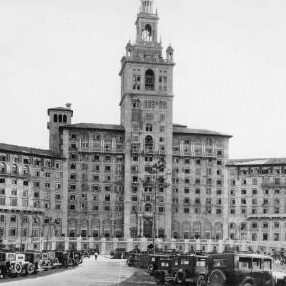
Built in 1926 by Coral Gables’ visionary founder, George Merrick, the Biltmore was the crown jewel of his community. It immediately became a playground for the elite, boasting glamorous galas and the largest swimming pool in the world. But its glittering facade was soon tested. Just months after opening, a devastating hurricane with 130 mph winds struck Miami. While the Biltmore stood strong, it quickly transformed into an emergency shelter for 2,000 victims, its halls getting their first taste of widespread human tragedy.
As the city recovered, a darker drama unfolded within the hotel’s most exclusive sanctuary: the Royal Penthouse Suite. Spanning the 13th and 14th floors, the suite was a lavish, two-level speakeasy and casino operated by Ed Wilson during the height of Prohibition. On the night of March 7, 1929, as a trio of musicians played “Alexander’s Ragtime Band,” Wilson’s partner, Thomas “Fatty” Walsh, was arguing with him over money. After Wilson walked away, Walsh sat on a sofa with his back to him.
The Shots Ring Out
Suddenly, Wilson stood up, drew a .38-caliber revolver, and fired three shots. The first two struck Walsh, and a third hit his friend, Art Clark, who had rushed to help. Amid the chaos of over a hundred formally dressed patrons, Wilson vanished into the panicked crowd and, despite a nationwide manhunt and a $250 reward, was never seen again.
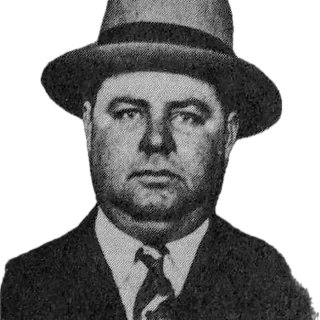
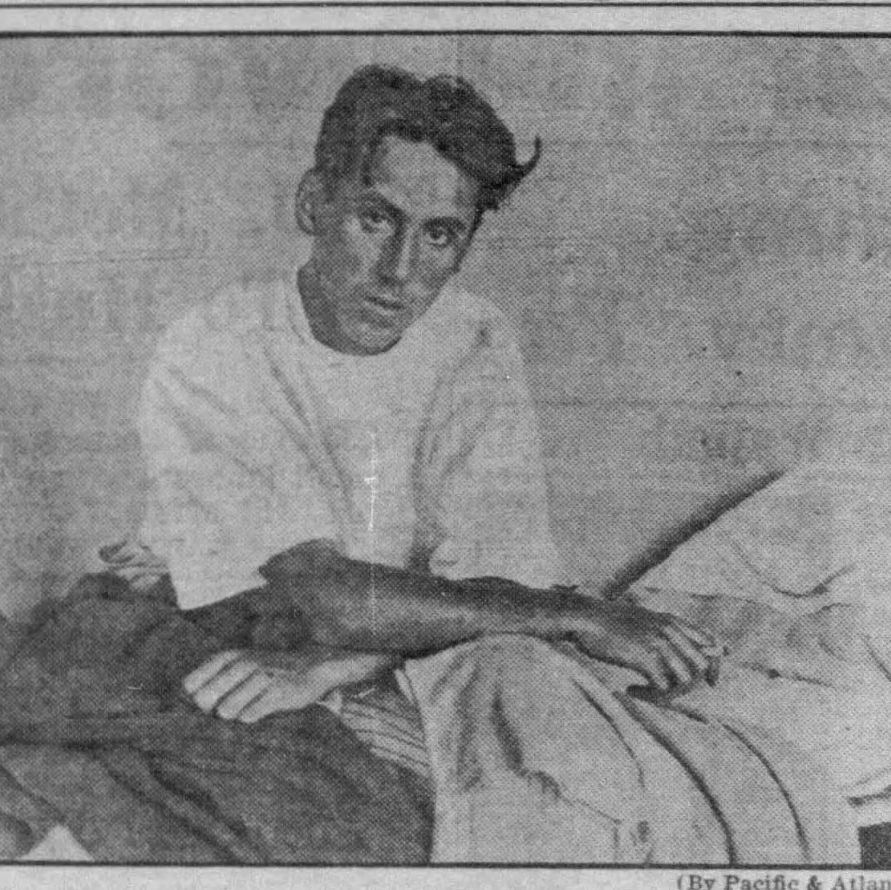
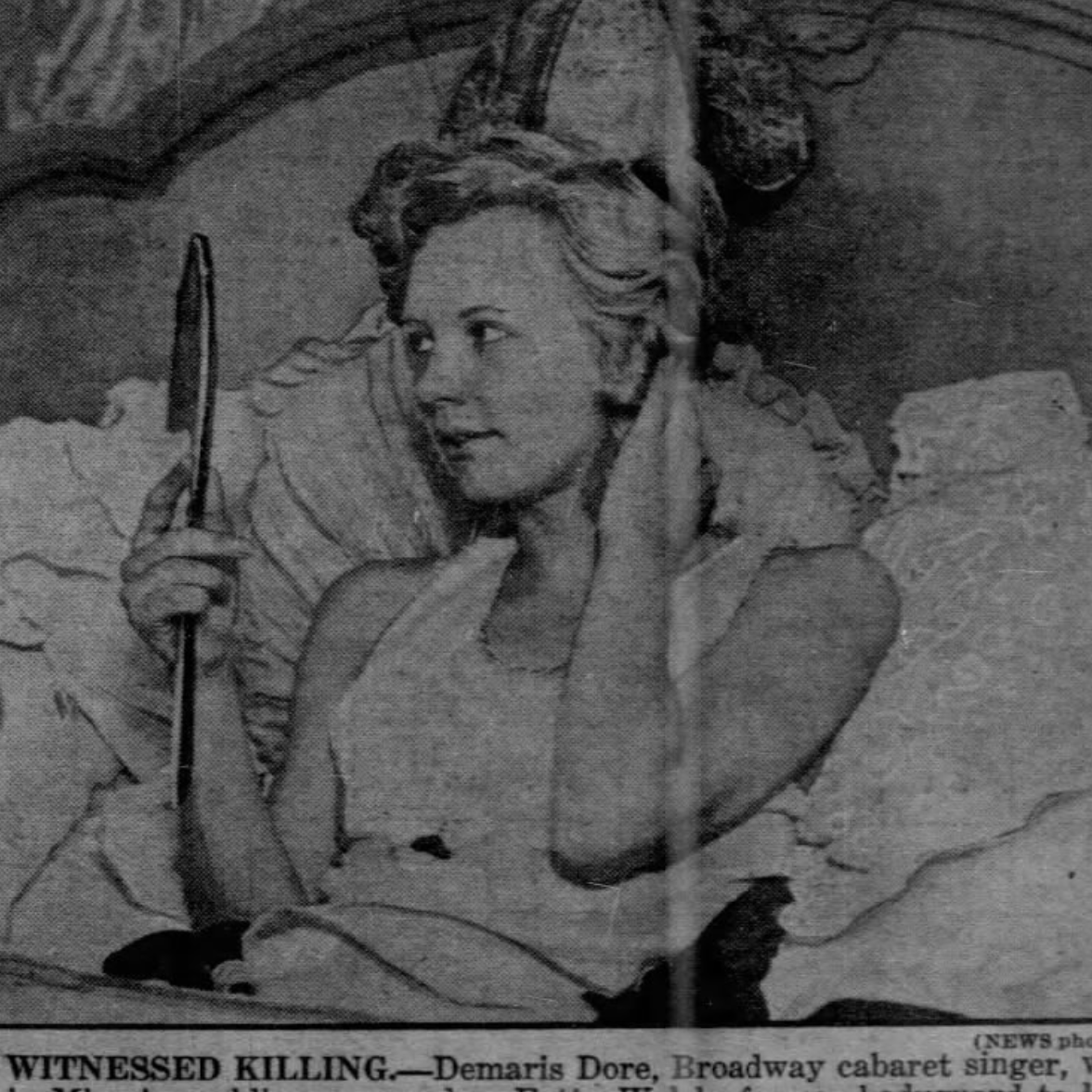
But it seems Fatty Walsh never left. His spirit is considered the Biltmore’s most notorious and persistent presence, forever tied to the 13th-floor suite where he was murdered. Workers carrying out renovations in the 1980s claimed Walsh was particularly active, constantly moving their tools just as ghost hunter Richard Winer predicted he would. To this day, staff report his playful ghost opening doors for waitresses, and the very elevator that once carried gamblers to his fatal encounter is said to inexplicably stop on the 13th floor, as if waiting for a passenger who never gets off. The Mob Museum has a great article about Fatty Walsh and his murder.
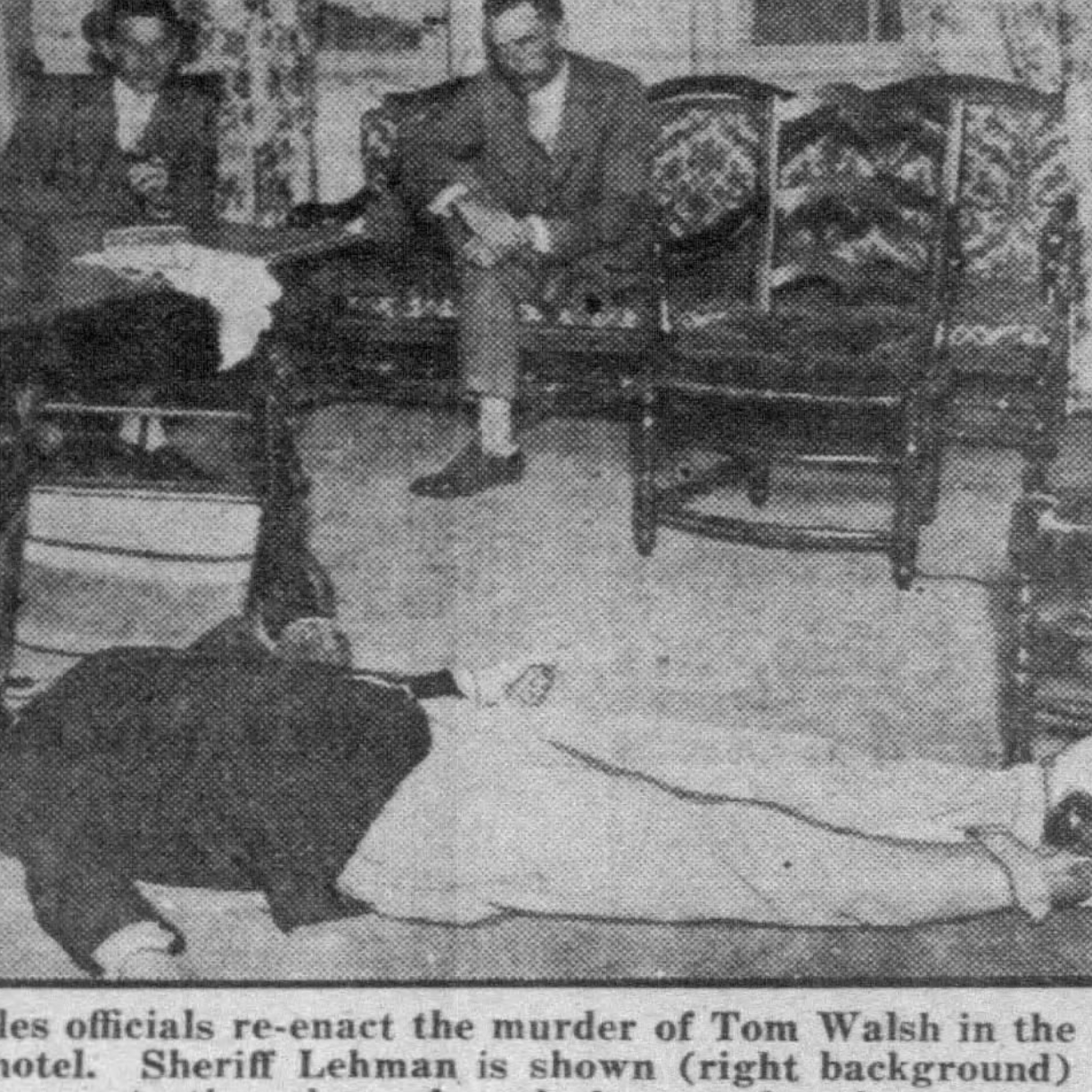
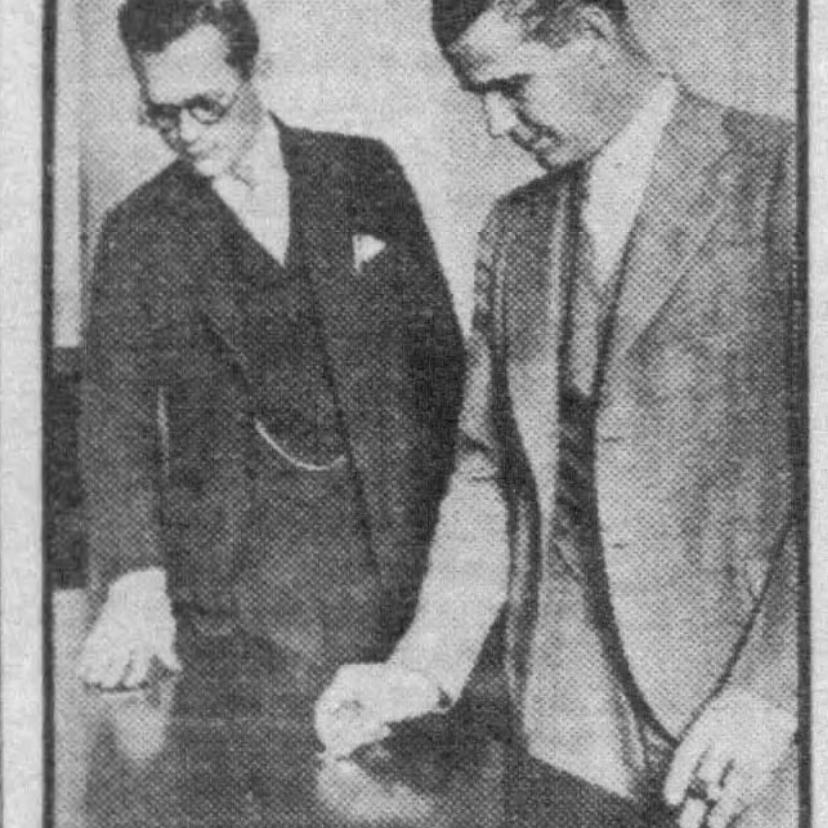
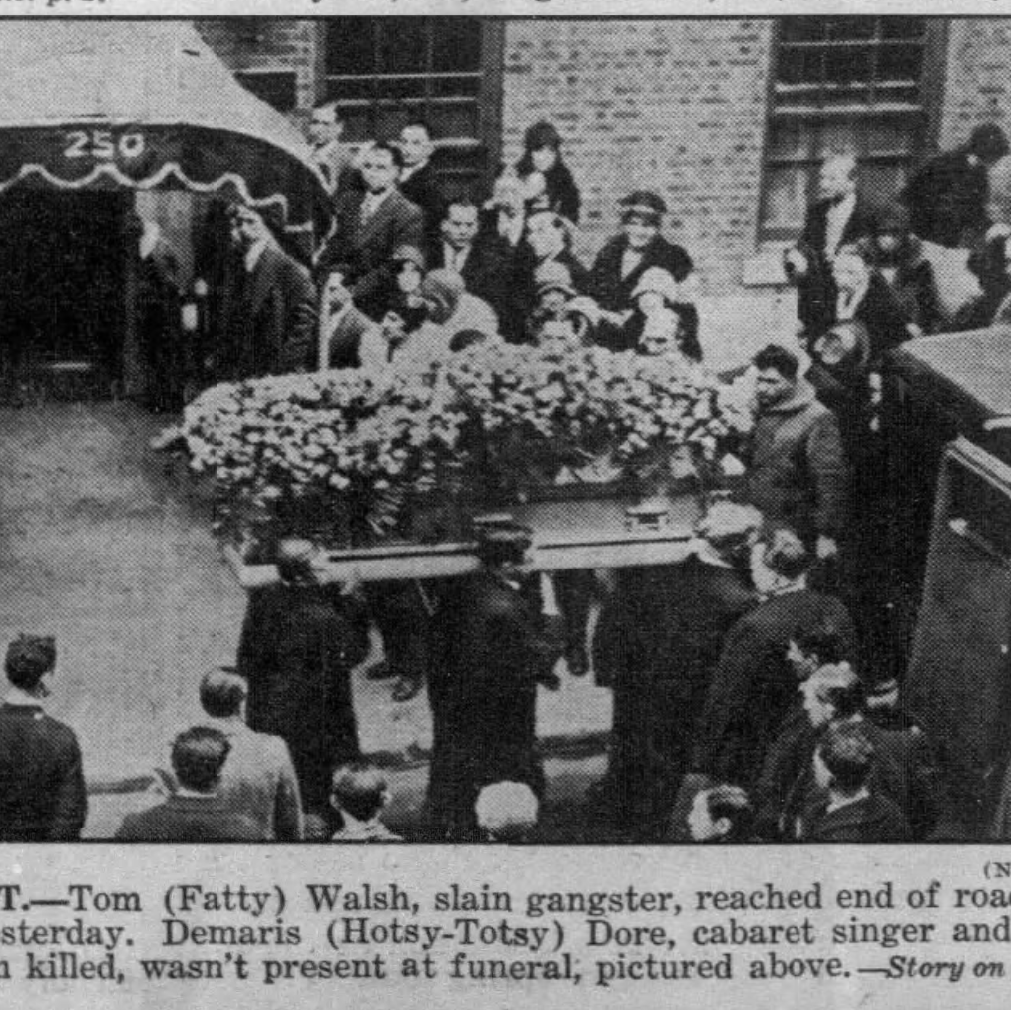
Scandal and Service: A Hotel’s Transformation (1930s – 1968)
The gangster era’s shadow lingered. In 1935, the Biltmore hotel was the scene of a sensational jewel robbery when two men disguised as musicians stole $185,000 in jewels from a wealthy guest. The case devolved into scandal when it was revealed that a detective and a private investigator had staged the jewel “recovery” in an elaborate insurance hoax, a plot so audacious it involved J. Edgar Hoover’s office.
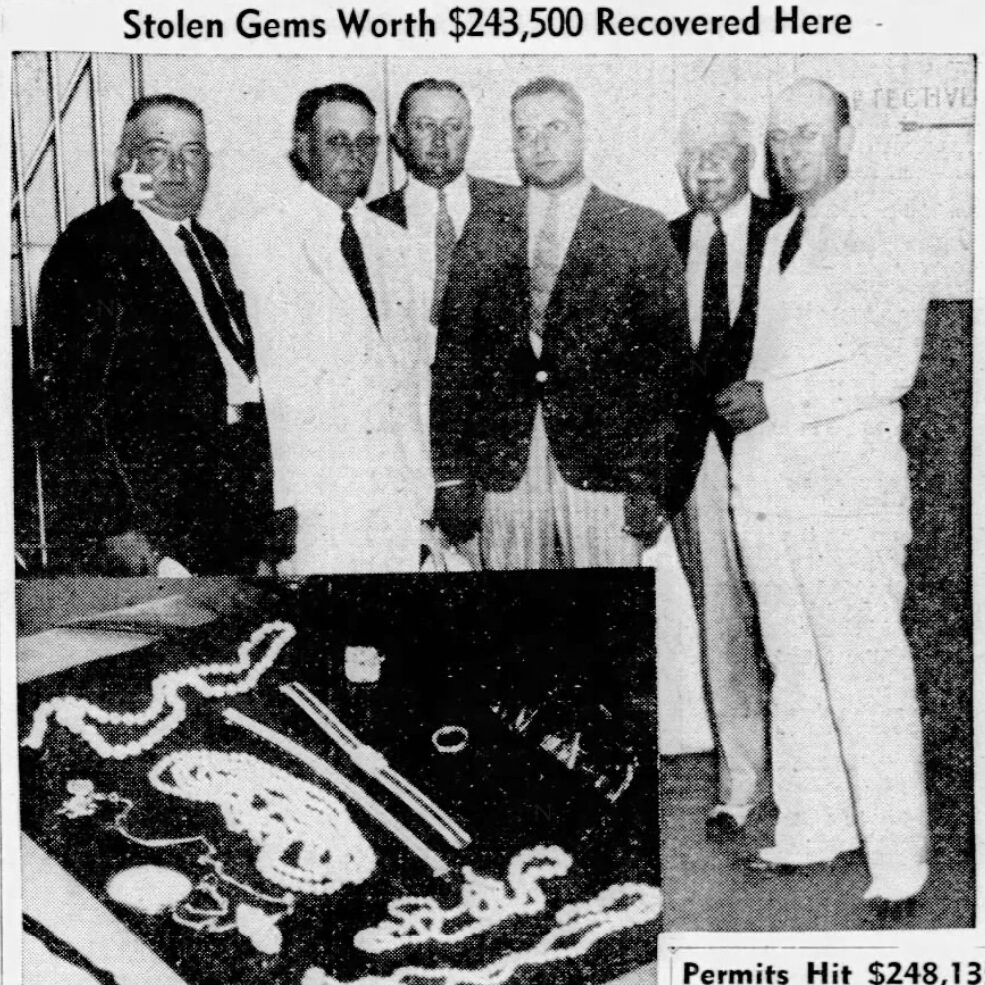
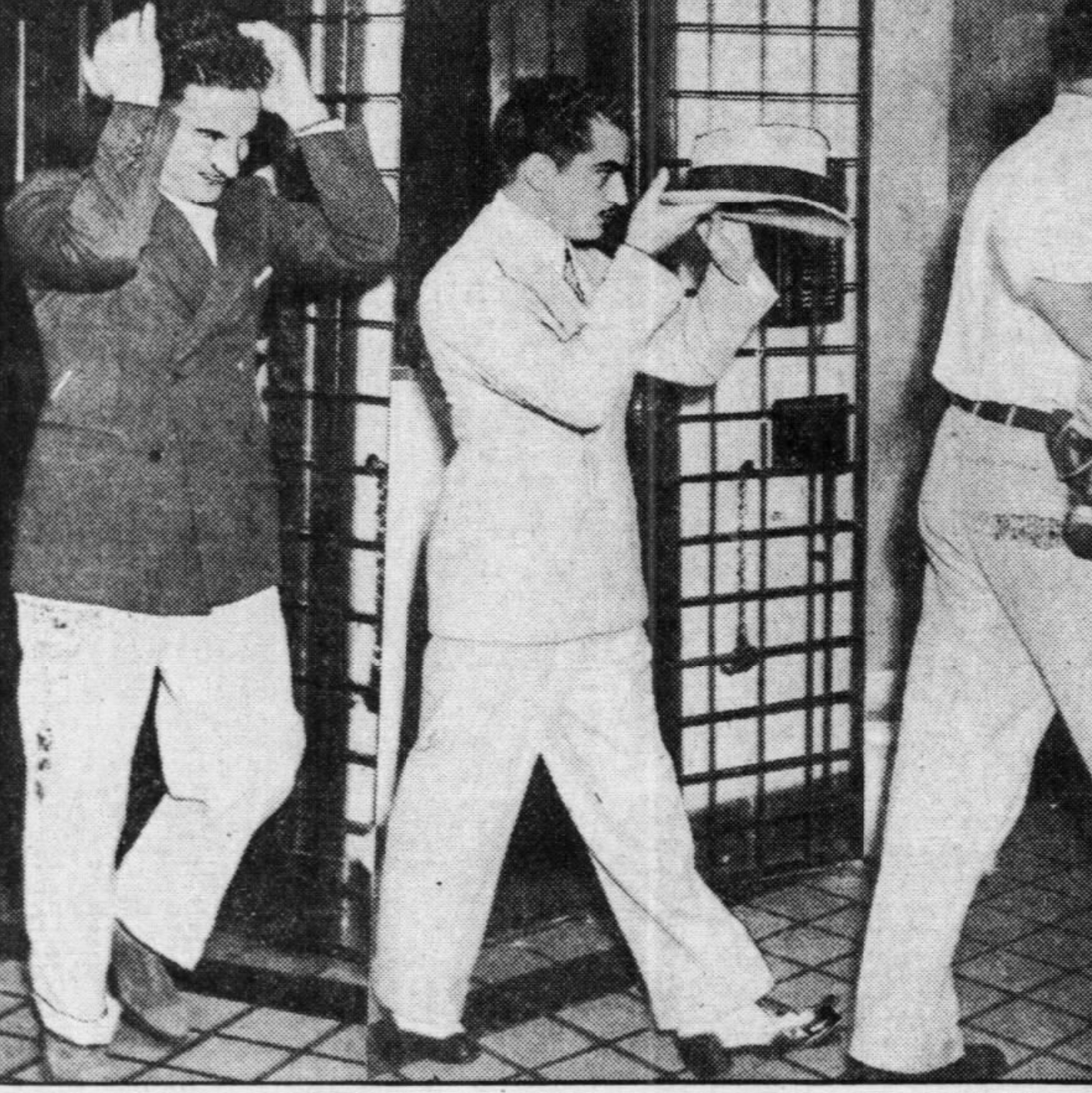
The hotel’s most significant transformation came in 1942 when the War Department acquired it during World War II. The luxurious landmark was converted into the 1,200-bed Pratt General Hospital, treating thousands of wounded servicemen, including General Dwight D. Eisenhower. The grand tower secretly housed a radio station, its lavish shops became clinics, and the tenth floor was converted into a full surgical suite. In 1947, it became a Veterans Administration hospital, continuing its medical service until 1968.
For over 25 years, the Biltmore hotel’s walls absorbed the profound suffering, healing, and loss of countless patients. It is from this era that many of the hotel’s most poignant hauntings arise. Paranormal investigators believe the spirits of soldiers still linger, some refusing to believe they are dead. This period also gives rise to the legend of the “Woman in White.” While folklore claims she is a maid who lost her child, a more historically grounded, and equally haunting, explanation is that she is the spirit of a nurse. Her white attire matches the nursing uniforms of the era, and her appearances, floating three feet off the floor, suggest a spectral caregiver still making her eternal rounds.
The Long Decay & The Voices in the Walls (1968 – 1987)
After the hospital closed in 1968, the Biltmore was abandoned for nearly two decades. It became a decaying monument, its copper dome scarred with graffiti and its shattered windows dangling broken blinds. Open elevator shafts gaped like 15-story graves. Teenagers held wild parties in the upper levels, leaving behind drug paraphernalia, and bicyclists raced along the bottom of the drained Olympic pool.

The building wasn’t just empty; it was active. Townspeople on the golf course would stare at strange lights flickering in the abandoned tower. The decay seemed to awaken something, and those who dared enter encountered more than just vandals. In the summer of 1979, police dogs brought in for a raid allegedly refused to enter the building. That same year, members of the Science Fiction Fantasy Society camped out on the 13th floor. While they heard nothing at the time, their tape recorder captured a full minute of heavy, tired breathing that belonged to no one in their group.
Voices in the Walls
The phenomena terrified those tasked with guarding the property. In 1986, a security guard heard blood-curdling screams from the 13th floor. When he reached it, the screams stopped and his flashlight died. It only turned back on when he returned to the 12th floor. Electricians hired for the renovation reported hearing unsettling moans from within the walls and, in one chilling discovery, found two old, bloodstained knives hidden inside a wall on the 13th floor.
During this period of abandonment, in May 1978, mediums Nancy Osborn and Richard Winer conducted a séance. Unaware of where they were being taken, the psychics claimed spirits led them to a specific room. There, they sensed an old man in a wheelchair and a man with a cane whose “tippity tap tap” was later found on the audio recording, though no one heard it at the time. When retired Police Chief William Guerrant Kimbrough heard the tapes, he was shocked. The mediums had revealed details of the Walsh murder scene that were never released to the press, confirming their chilling accuracy.
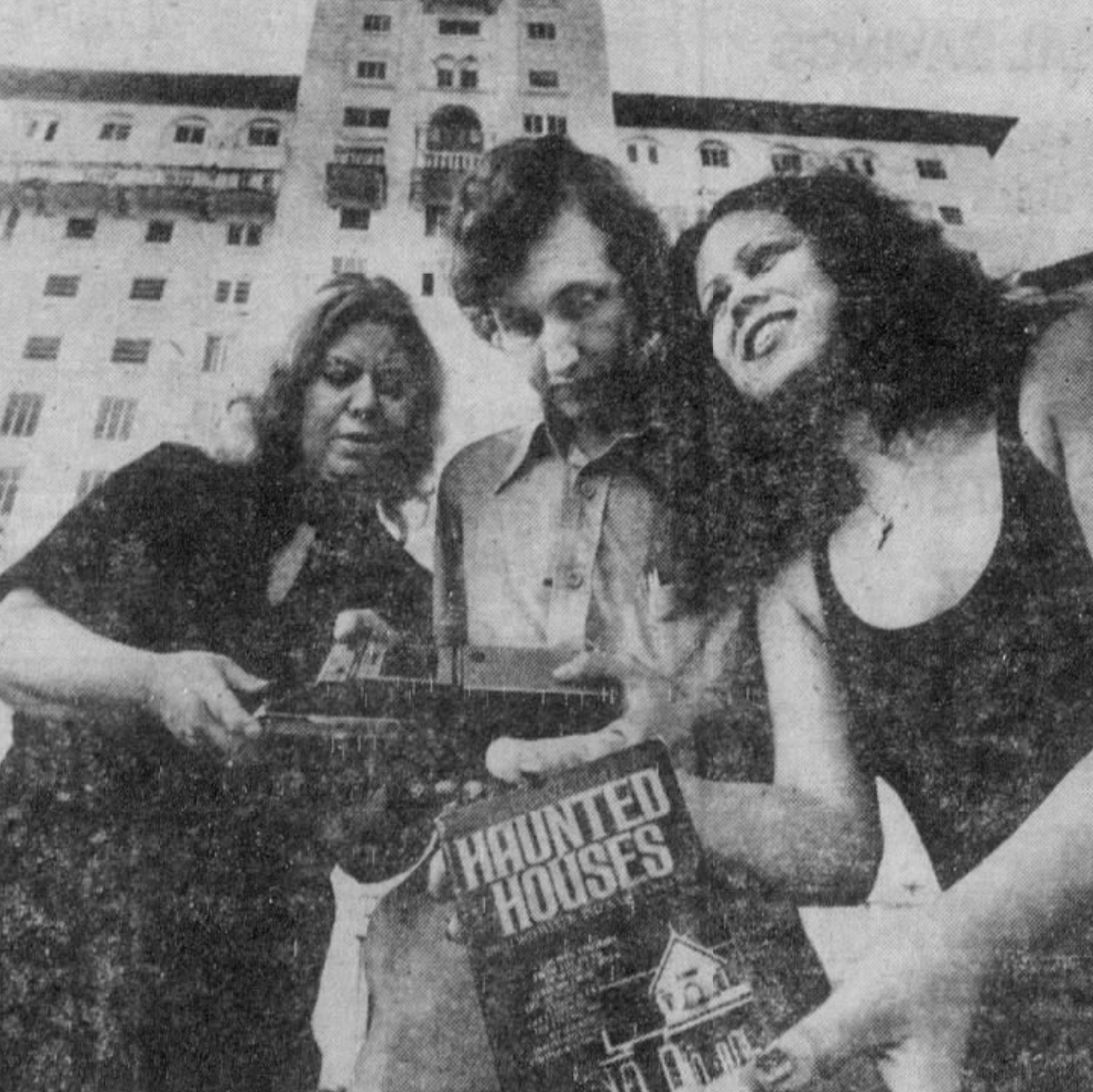
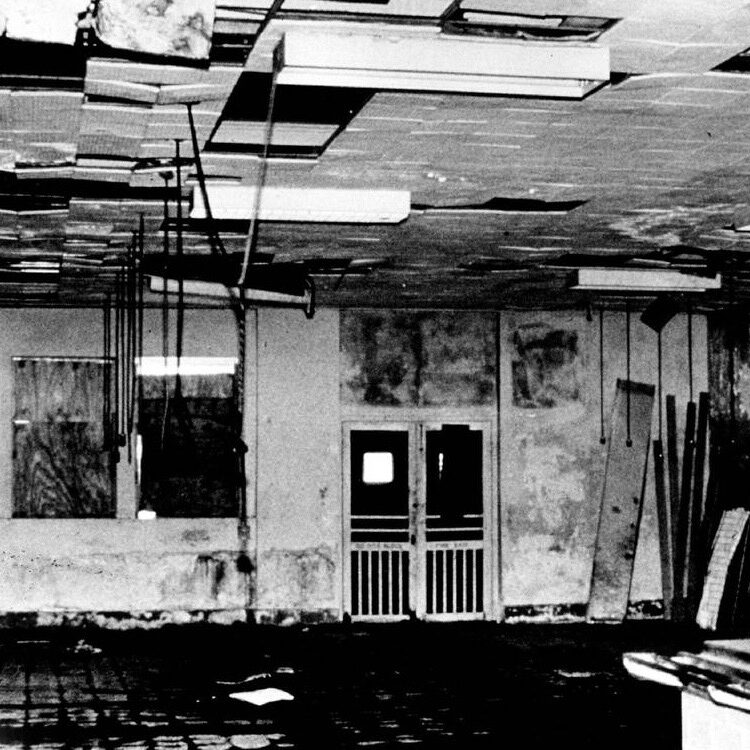
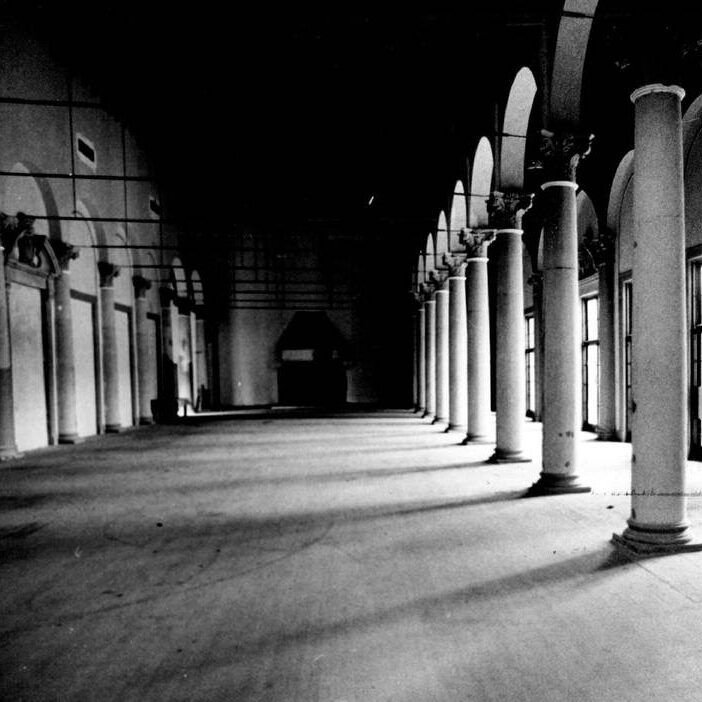

Restoration, Renown, and Residual Hauntings (1987 – Present)
After a staggering $55 million renovation, the Biltmore hotel majestically reopened in 1987. During the five years George Warren served as a midnight security guard in the old country club section, he meticulously documented unexplainable events. Alarms would sound with no one there, and his video monitor repeatedly showed fresh wheelchair marks on the carpet that were gone when he went to investigate in person. He also witnessed a pulsating white light that would expand to 15 feet in diameter before vanishing.
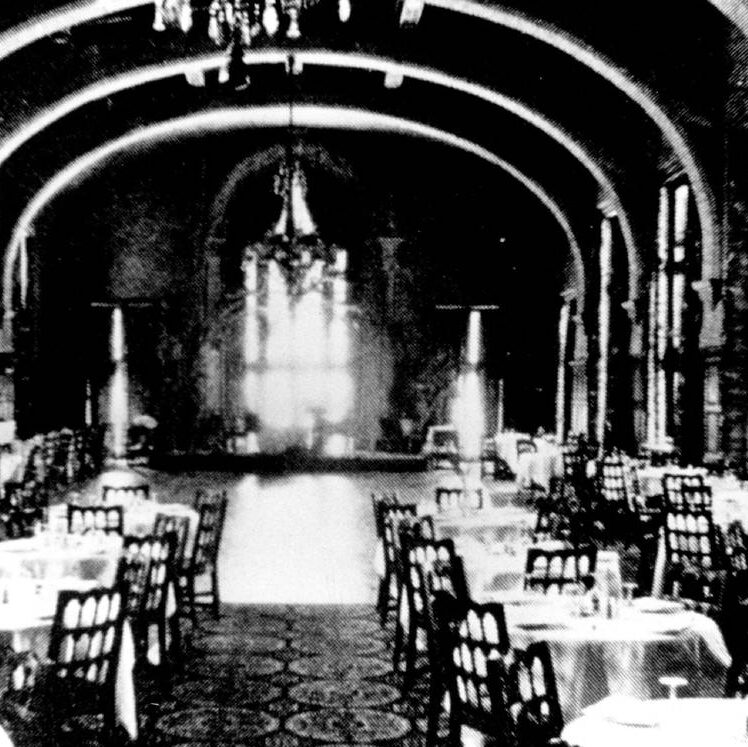

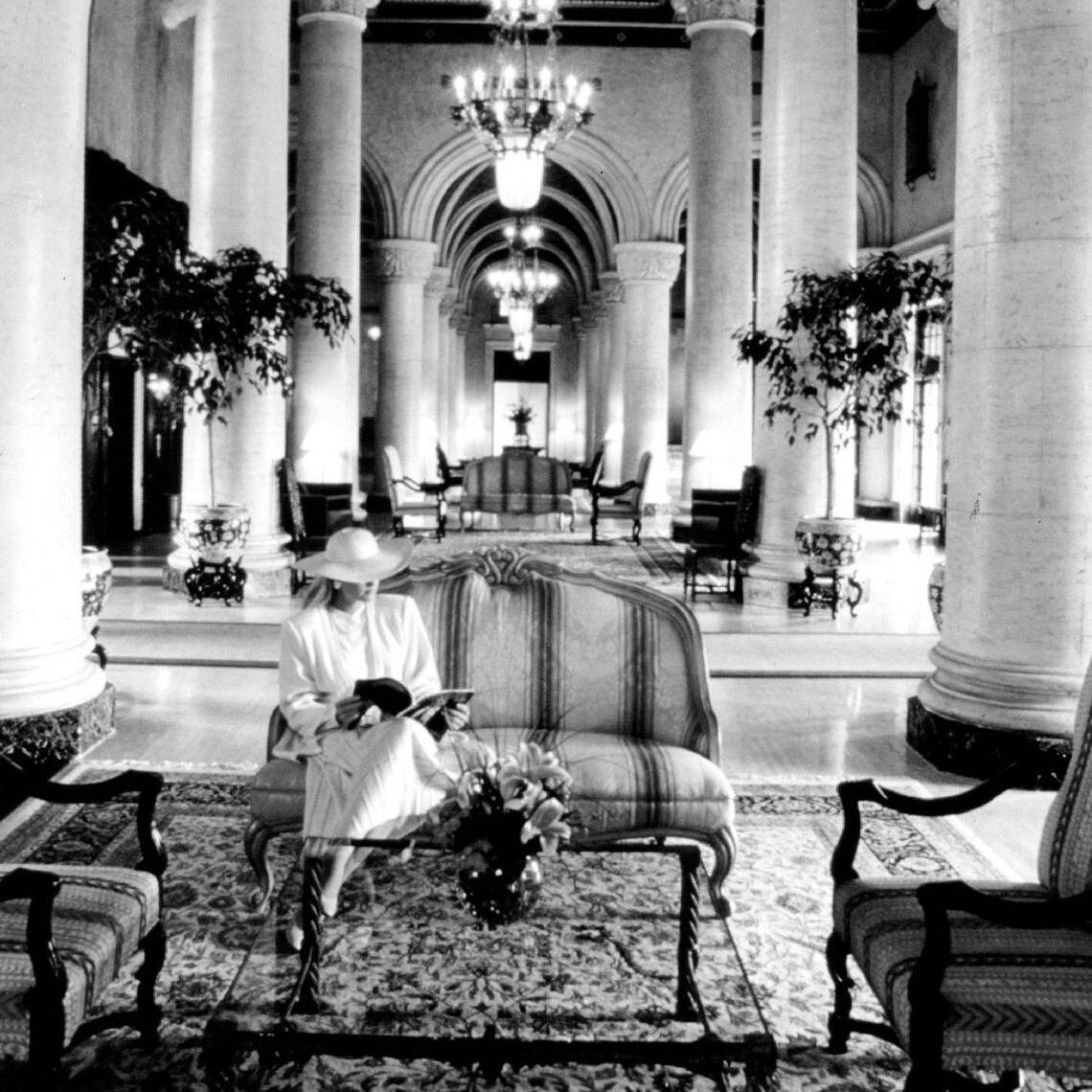

The hotel closed again briefly from 1990 to 1992, a period when a woman reported being greeted on the 13th floor by a transparent lady in white whose feet floated eerily off the ground. Since its permanent reopening in 1992, the Biltmore has embraced its supernatural legacy. The activity continues, with modern reports being just as strange. When President Clinton stayed in the 13th-floor Everglades Suite, his television mysteriously wouldn’t work. On the 3rd floor, female guests on separate occasions have reported the same terrifying phenomenon: a man appearing in the doorway, walking to the bed, and getting in under the covers.

Even the hotel’s joyful past seems to have left a spiritual imprint. In the Granada Room ballroom, multiple witnesses have seen an elegant couple dancing. An engineering supervisor described them as looking like “Fred Astaire and Ginger Rogers,” gracefully turning through beams of light until they became transparent and vanished completely. Perhaps a possible “residual haunting” of the countless glamorous dances held in the Biltmore’s heyday.
A Legacy Written in History and Mystery
Today, the Biltmore Hotel stands as a premier luxury destination, its walls holding nearly a century of human drama. From gangster murders and wartime sacrifice to years of decay and extensive restoration, the hotel has witnessed the full spectrum of life and death. The deep imprints of its history manifest in the eerie encounters that persist to this day. Whether one believes in ghosts or not, the Biltmore’s rich and often tragic past provides the undeniable foundation for its paranormal reputation. A reputation so established that ghost tours now lead curious guests to the infamous 13th floor, ensuring the hotel’s legends will never fade.
Putting together the history of the Biltmore was a fascinating investigation. Now, I need your help deciding where to go next.
If you enjoyed this deep dive, share it with a friend who loves a good ghost story. And more importantly, let me know in the comments: which haunted location should I investigate for a future post?
Sources and Further Reading
This story was written using contemporary newspaper accounts and historical reporting that have documented the Biltmore’s history for nearly a century. For those who wish to dig deeper, here are the key sources that brought the hotel’s haunted history to life. For an excellent deep dive into the history of the hotel by someone who was there check out The Biltmore: Beacon for Miami.
The Gangster Era & The “Fatty” Walsh Murder
The most immediate and dramatic details of the March 1929 murder of Thomas “Fatty” Walsh were captured in the daily reporting of several newspapers. The initial story, the investigation into Ed Wilson, and the connection to Arnold Rothstein’s liquor smuggling operations were extensively covered in the editions of The Miami News, New York’s Daily News, and The Brooklyn Daily Times from March 7-28, 1929. The subsequent manhunt for the killer was followed by The Miami Herald.
The Hospital Years & Mid-Century History
The hotel’s dramatic shift from a luxury resort to a military hospital during World War II is best documented in The Miami Herald, which reported on the War Department’s acquisition in November 1942 and the facility’s specifications in March 1943. The Tallahassee Democrat and The Bradenton Herald later provided excellent historical overviews of this period. The scandalous 1935 jewel heist and the subsequent insurance fraud investigation were detailed in an April 1935 article in The Miami News.
The Abandonment and Foundational Paranormal Investigations
Much of what we know about the hauntings during the hotel’s long period of decay comes from intrepid reporting in the 1970s and 1980s. The Miami Herald chronicled the building’s physical state and the early trespassing issues in articles from 1979 and 1980. The most detailed accounts of specific paranormal events, from the security guards’ encounters and electricians’ discoveries to the shocking details of the 1978 séance, were captured in articles by the Fort Lauderdale News (October 26, 1986) and The Palm Beach Post (September 29, 1985).
Modern Accounts and Legacy
The continuation of the hotel’s haunted legacy into the 21st century is well-covered by The Palm Beach Post, which reported on modern paranormal encounters, including the story of the dancing couple and President Clinton’s stay, in articles from 2000 and 2006. The hotel’s initial “#1 haunted house” rating by investigator Richard Winer was noted in a 1985 article in The Tampa Tribune.





